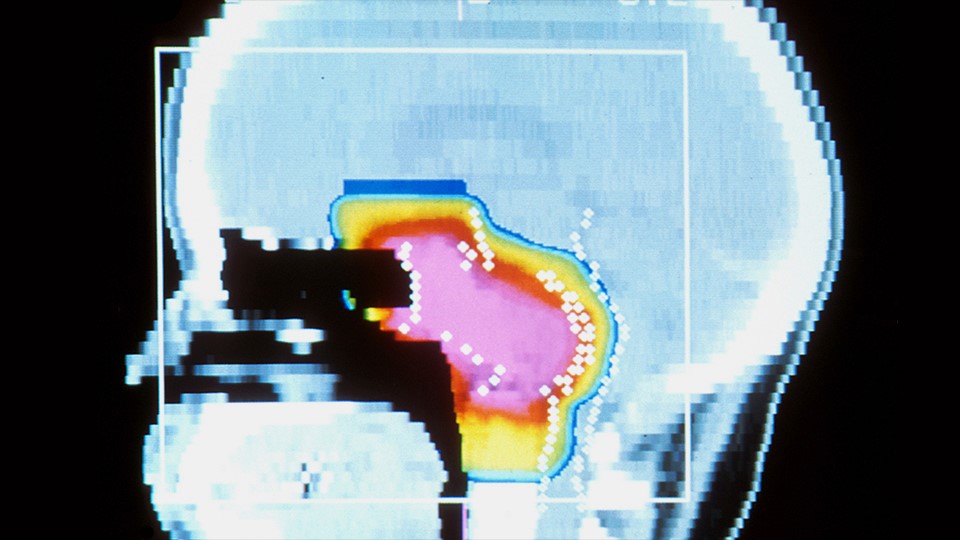Inception of proton beam therapy
Published: 15 May 2018

Proton beam therapy is a type of particle therapy that uses proton beams to target diseased tissue, most commonly in the treatment of cancer. The treatment method will be introduced in Singapore by 2021.
Proton beams may not be better at killing cancer cells than standard cancer treatments using conventional radiation, but it is able to do so with far less damage to surrounding healthy tissues and nearby organs. This is because the beam particles stop at the cancer tumour, while conventional radiation continues beyond in order to exit the body, affecting any organs behind the tumour. Thus, the inception of proton beam therapy will benefit patients with cancers that are close to sensitive areas such as the brain or eye, as it significantly reduces collateral damage.
Proton beam therapy is also advantageous when treating brain cancer, as its dose between entry and the target is lower than conventional treatment, reducing the damage dealt to the brain. Hence, not only is the risk of retardation cut by more than half, but the risk of side effects such as getting secondary cancers are also significantly reduced, according to Professor Soo Khee Chee, a senior visiting consultant from the Division of Surgical Oncology at the National Cancer Centre, Singapore (NCCS) and an alumnus of NUS Medicine. It is also good for treating cancers in children as it does less damage to growing organs, bone and muscle.
However, Dr Lee Kim Shang, who is a senior consultant specialising in radiation oncology at the Mount Elizabeth Hospital and an alumnus of NUS Medicine, explains that conventional treatment remains sufficient for the treatment of some cancers, usually because only a low dose is needed.
“For some cancers, survival is the same whether conventional radiation is used or proton beams, but the quality of life could be significantly different,” Dr Lee added.
News Coverage

